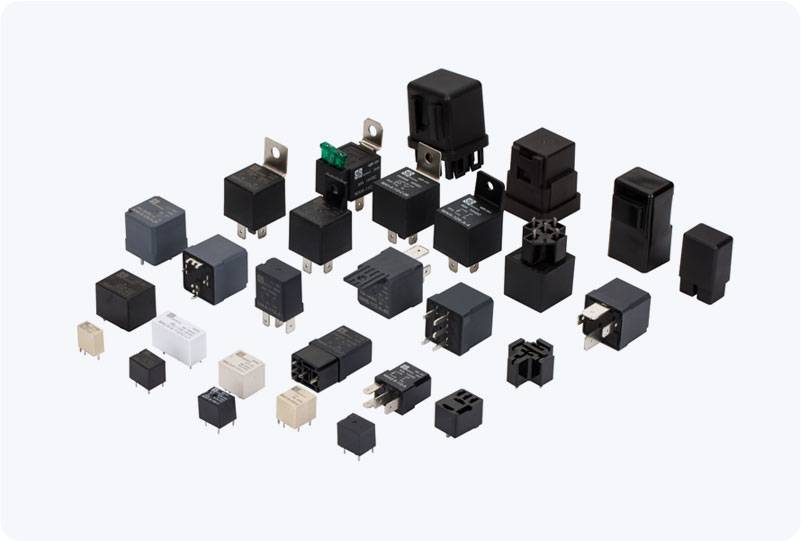A Low Voltage DC Relay is an essential electrical component designed to control and manage low voltage direct current (DC) circuits. Relays, in general, serve as electrically operated switches that use a small current to control a larger current. In low voltage DC applications, relays are particularly useful for managing the flow of current in circuits while providing a level of safety and reliability. This article explores the core aspects of Low Voltage DC Relays, their features, types, working principles, and common applications.

What is a Low Voltage DC Relay? A Low Voltage DC Relay is a type of electromagnetic switch that is activated by an electrical current and typically operates at voltages ranging from 12V to 24V DC, although there are variants that support higher or lower voltage ranges. It is used to control circuits, typically by switching on or off a device that operates at a higher power or voltage than the relay’s control circuit. Relays can be found in numerous applications where controlling higher power loads from a low power or control circuit is necessary. The primary function of a relay is to allow the opening or closing of a set of contacts within the relay in response to the input signal, enabling or disconnecting the electrical current that flows through a particular path.